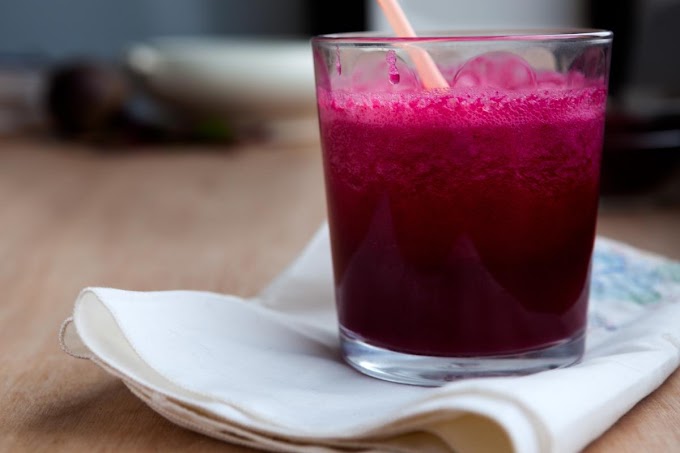1. Choosing and Preparing Your Pasta
Choosing the Pasta Type: Classic spaghetti noodles are a go-to, but you can use any pasta shape you prefer—linguine, fettuccine, or even penne can work! The choice of pasta affects how the sauce clings to it and the texture of each bite.
Cooking the Pasta: Boil a pot of water, using about 4 to 6 quarts for each pound of pasta. Add a generous amount of salt to the water (around a tablespoon per quart), as this enhances the pasta's flavor. Once the water is at a rolling boil, add the pasta, and cook it until it reaches your preferred texture—typically between 8 and 12 minutes for spaghetti, but you’ll want to check it frequently for that perfect al dente bite.
Saving the Pasta Water: Before you drain the pasta, reserve a cup of the starchy cooking water. This can be added to your sauce to help it cling to the pasta, adding creaminess and binding the ingredients together.
2. Building a Base for Your Sauce
Start with Olive Oil or Butter: Begin with a couple of tablespoons of olive oil or butter in a large skillet or saucepan over medium heat. Olive oil gives a more authentic Italian flavor, while butter adds richness.
Add Aromatics: Once the oil is hot, add finely chopped garlic or onions. Garlic offers a bold, fragrant flavor, while onions provide a milder, sweet base. You can use one or both, depending on your taste. Cook until they become soft and fragrant, which should take about 2-3 minutes. Be careful not to burn the garlic, as it turns bitter quickly.
3. Decide on the Style of Sauce
Tomato-Based Sauce: For a traditional marinara-style spaghetti, add canned or fresh tomatoes to your aromatics. Canned whole tomatoes are an excellent choice because they break down easily and have a rich flavor. Use a spoon to crush the tomatoes in the pan, or give them a quick blitz in a blender beforehand. Season with salt, pepper, and a pinch of sugar if the tomatoes taste too acidic.
Creamy Sauce: If you prefer a creamy pasta, skip the tomatoes and add a splash of heavy cream, half-and-half, or milk to your pan after the garlic and onions are soft. You can also add a bit of cheese, like Parmesan or mascarpone, to enhance the creaminess.
Oil and Herb-Based Sauce: For a lighter, oil-based sauce, keep things simple with olive oil, garlic, and fresh herbs. You could add a squeeze of lemon juice for brightness and a pinch of red pepper flakes for heat.
4. Choosing Seasonings and Flavor Enhancers
Herbs: Fresh or dried herbs like basil, oregano, thyme, or parsley can elevate your spaghetti. Fresh basil is a classic choice for tomato-based sauces, while parsley works well in lighter, oil-based sauces.
Spices: Red pepper flakes, black pepper, or even a pinch of chili powder can add a bit of heat and depth.
Umami Boosters: For more complexity, add a splash of Worcestershire sauce, soy sauce, or anchovy paste (don’t worry, it won’t taste fishy—it just adds depth). These small additions can make your sauce taste like it simmered for hours, even if it’s a quick meal.
5. Combining Pasta and Sauce
Finishing the Pasta in the Sauce: Once your sauce is ready, add the cooked pasta directly to the pan with the sauce. Toss the pasta in the sauce over medium heat, allowing it to absorb the flavors. This step is essential to ensure the sauce clings to the pasta.
Using Pasta Water for Texture: If your sauce is too thick, add a bit of the reserved pasta water. The starchy water helps bind the sauce to the pasta and can make the dish creamy without additional ingredients.
6. Adding Final Touches
Cheese: Grated Parmesan or Pecorino cheese is a classic addition to almost any pasta dish. You can sprinkle it directly onto the pasta or toss it into the sauce for a creamier texture.
Fresh Herbs: A sprinkle of fresh herbs, like basil or parsley, can add color and freshness. You could also add a drizzle of high-quality olive oil for a luxurious finish.
Lemon Zest or Juice: For a zesty kick, add a bit of lemon zest or a squeeze of lemon juice to brighten the flavors, especially if you’re making a lighter sauce.
7. Serving and Pairing
Serving Suggestions: Serve the spaghetti in a shallow bowl, topped with extra cheese, herbs, and perhaps a dash of olive oil. Crusty bread on the side is excellent for mopping up extra sauce.
Wine Pairing: Pairing wine with your pasta is optional but adds to the experience. Tomato-based sauces pair well with red wines like Chianti or Sangiovese, while creamy or herb-based sauces go beautifully with white wines like Pinot Grigio or Chardonnay. Tips for Customizing Your Spaghetti
Add Protein: You can add ground beef, Italian sausage, or even seafood like shrimp to your spaghetti. Brown the protein in the pan first, remove it, then proceed with the aromatics and sauce. Add the protein back to the pan before combining the pasta with the sauce.
Vegetable Add-Ins: Bell peppers, mushrooms, spinach, or zucchini can be added for extra nutrition and flavor. Sauté these veggies with the garlic and onions before adding the tomatoes or other sauce ingredients.
Experiment with Flavors: Spaghetti without a recipe is the perfect canvas to try different cuisines. Add a bit of soy sauce and ginger for an Asian-inspired twist or smoked paprika and chorizo for a Spanish influence.
Troubleshooting and Common Questions
What If My Sauce is Too Watery?: Simmer the sauce longer, allowing it to reduce. You can also add a spoonful of tomato paste to thicken a tomato sauce or a bit of grated cheese to a cream sauce.
What If the Sauce is Too Thick?: As mentioned, a splash of pasta water can loosen up the sauce, making it creamier and helping it cling to the pasta.
What If My Sauce Lacks Flavor?: Sometimes, sauces need a bit more salt, acid, or richness. Taste your sauce as you go. Adding a splash of vinegar, a dash of soy sauce, or a sprinkle of salt can elevate the flavor instantly.
Why Making Spaghetti Without a Recipe is a Great Skill
Learning to make spaghetti without a recipe can be a gateway to intuitive cooking, helping you build confidence and rely on your palate. Not only can it save time, but it also lets you use ingredients creatively. Whether you’re low on pantry items or looking to experiment with new flavors, spaghetti is a forgiving and adaptable dish that allows endless customization.
Cooking spaghetti without a recipe can feel like second nature after some practice. Once you’re comfortable, you can apply the same approach to other pasta dishes, from lasagna to penne arrabbiata. The most important part of cooking without a recipe is to trust your instincts, taste as you go, and enjoy the process.








Social Plugin